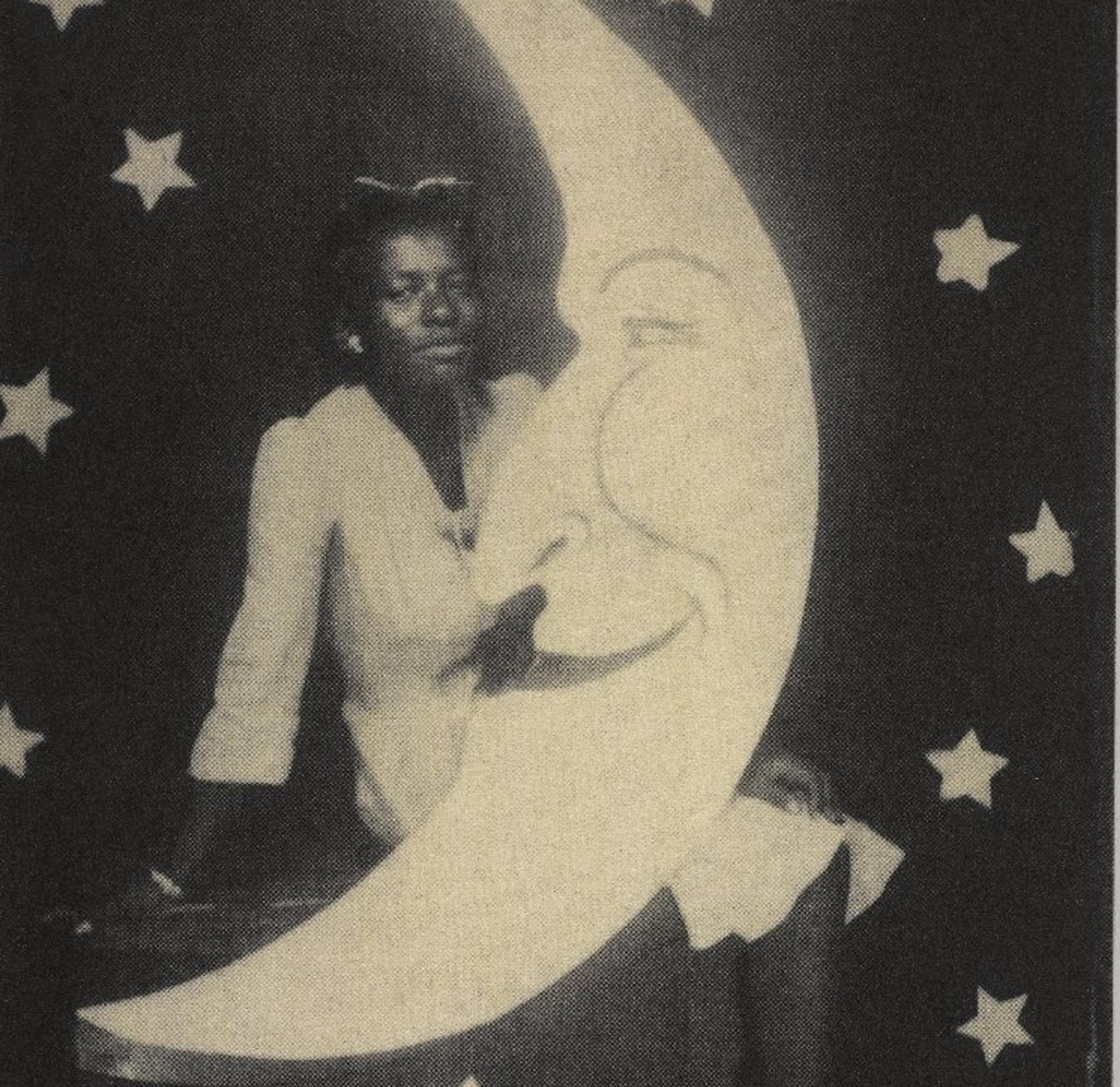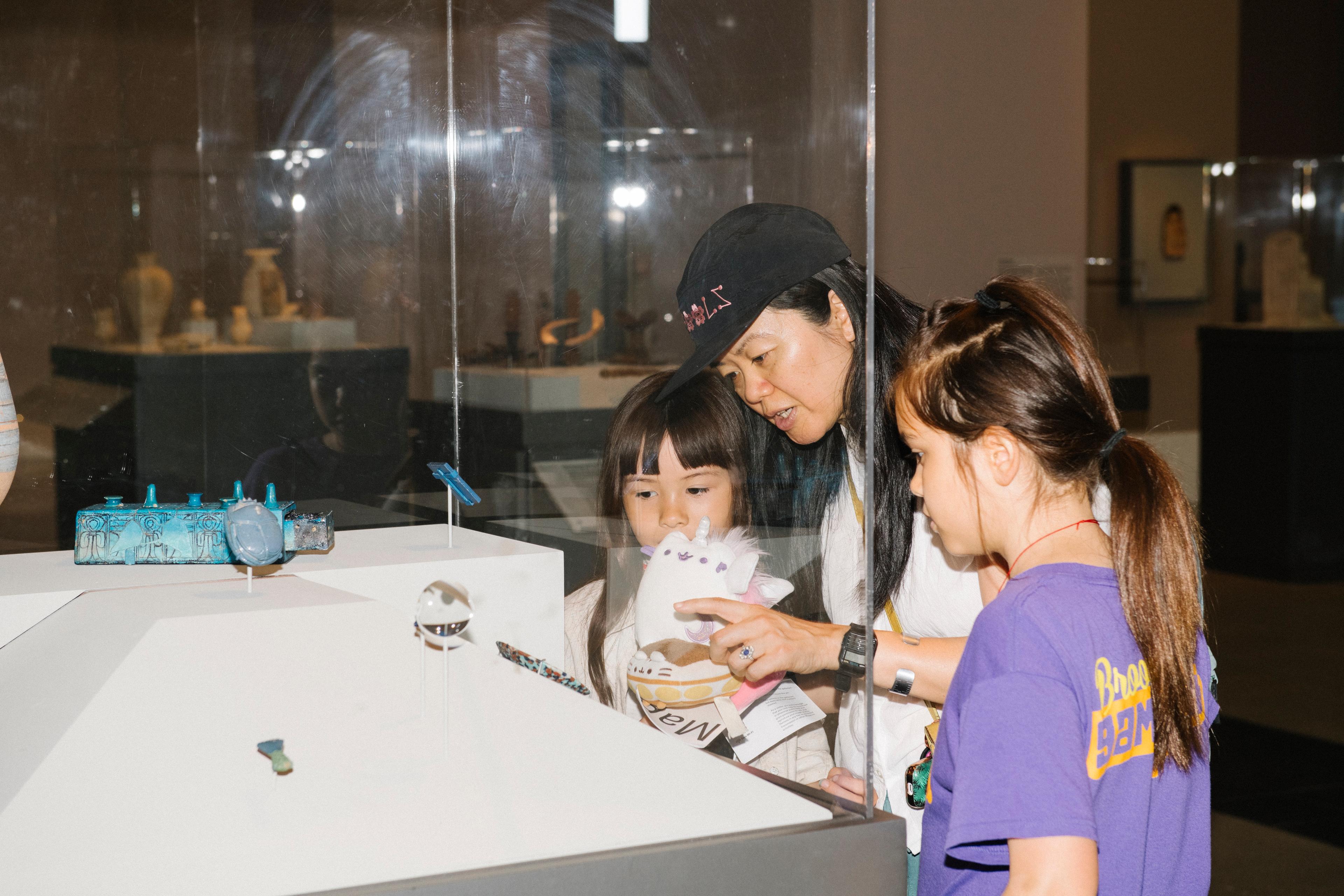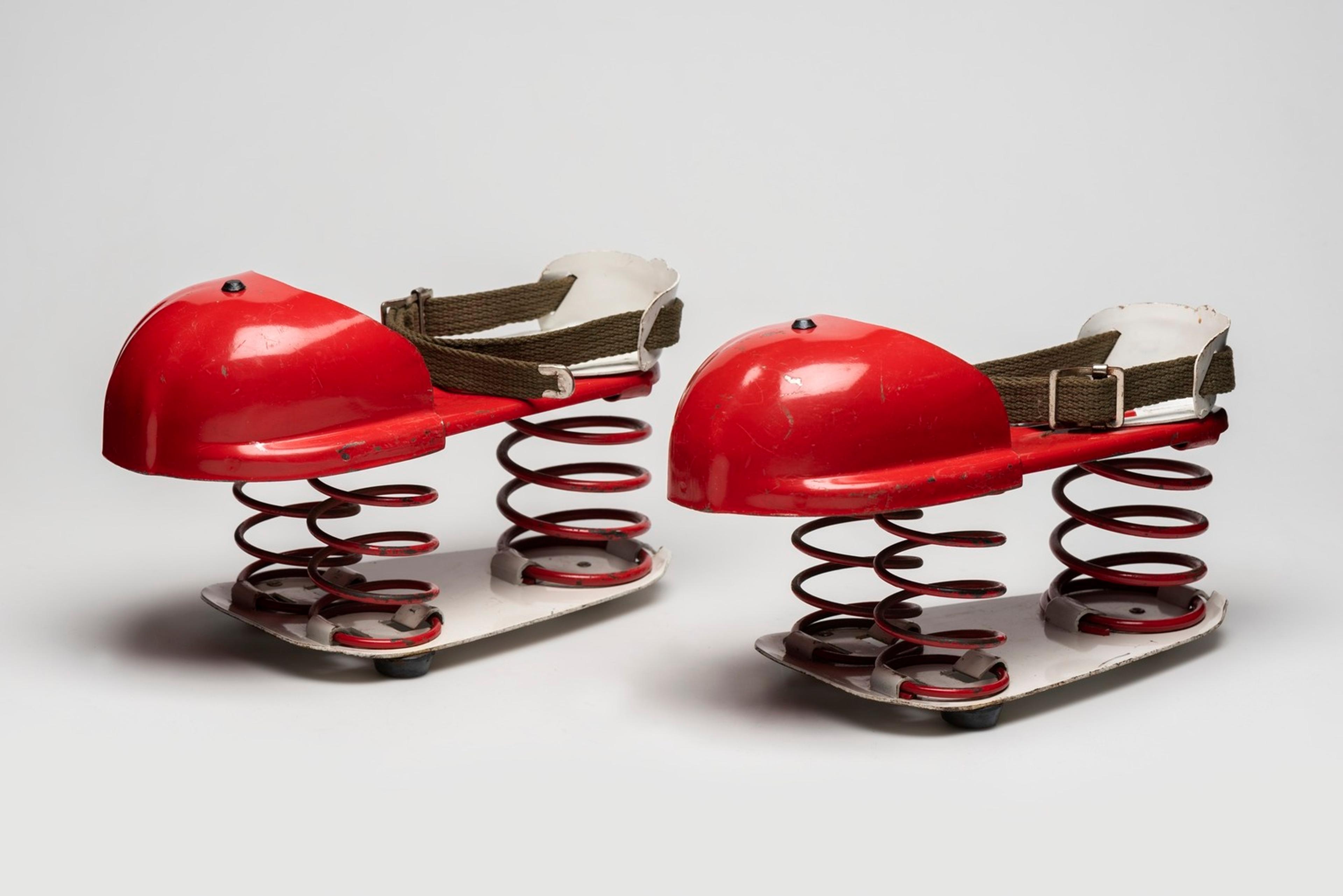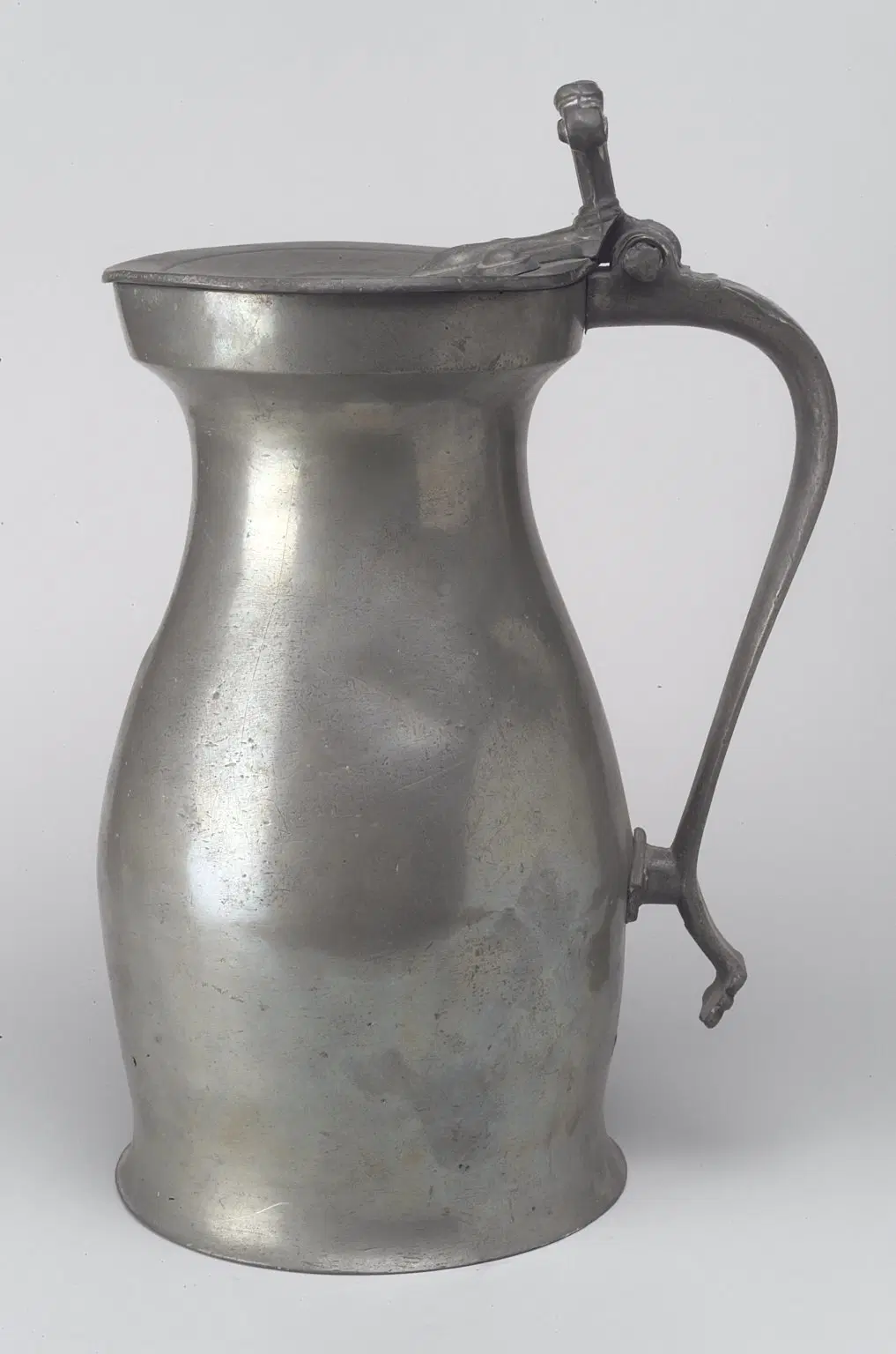Decorative Arts and Design
The Brooklyn Museum’s Decorative Arts and Design collection features more than 20,000 objects, reflecting shifts in culture and design from the 17th century to the present. The Museum is especially known for its extensive holdings of 19th-century American decorative arts and its focus on New York makers, especially those from Brooklyn.
Highlights
Purview
Decorative Arts and Design focuses on functional objects, which include furniture, ceramics and glass, metalwork, toys, lighting and appliances, wallpaper and textiles, jewelry, and beyond. Like many large institutions, the Brooklyn Museum is also home to architectural spaces—referred to as period rooms—that can present objects made for domestic use in context.
The Decorative Arts and Design collection includes contemporary designs from around the world and historical examples from Europe and the United States. Ancient and historical non-Western examples of decorative arts and design can be found in their respective collections: Arts of Africa, Arts of the Americas, Arts of the Islamic World, Arts of Asia, and Egyptian, Classical, and Ancient Near Eastern Art.
History
The Brooklyn Institute, a precursor to the Brooklyn Museum, began collecting examples of design in the early 20th century. European porcelain and tableware entered the collection as early as 1902. Furniture came soon after and, by 1915, the Museum had acquired American period rooms from historic houses. Our earliest acquisitions were historical, most dating to the 18th century and into the early 19th century. Representing life in the early years of the United States was of particular interest.
In the first decades of the 1900s, the Museum also began exhibiting contemporary design to provide inspiration and resources for working designers in the New York City area. Starting in 1948, the Museum’s Edward C. Blum Design Lab influenced fashion designers and manufacturers by making textiles and other works in the Museum’s collections available for research. A collection of costumes was transferred to the Metropolitan Museum of Art in 2009; it is now integrated into the Met’s Costume Institute.
Today, the Brooklyn Museum’s Decorative Arts and Design department continues to prioritize American design from the 19th century on, as well as contemporary works from around the globe.
Related exhibitions
Stories and resources
- Video
Give Me a Minute with Roberto Lugo

- Story
An Astrology Lover’s Guide to the Brooklyn Museum Collection
By: Elizabeth Treptow, Katie YeeSee which artwork will speak to you—based on your sign.
- Story
Kids and Families’ Guide to the Brooklyn Museum: Ages 7–11
By: Dawn Ruhren, Lillian YoungHow to check out six great works at the Museum with kids and tweens.





















